Are your plants looking a little rough? Whether they’re wilted, turning yellow or losing buds before they bloom, your plants may be trying to tell you something.
Contrary to popular belief, pests and diseases are not always to blame for sad-looking plants. Sometimes they just need a slightly different care routine.
We’ve put together a list of the most common houseplant problems and what to do about them.
Problem #1 – Over-watering
Signs:
- Root rot
- White mould or green algae forming on soil surface
- Buds turning yellow and falling off before opening
- Blackened leaves
- Generally withered appearance
- Small flies living around the plant
Solutions:
- Add perlite to your potting mix. This light, porous additive improves soil aeration and drainage.
- When repotting, choose a moisture control mix. Moisture control soil can retain up to 33% more water and release it when your plant needs it, giving you a buffer against both over- and under-watering.
- Add hydroclay balls to your potting soil for optimal aeration and proper drainage.
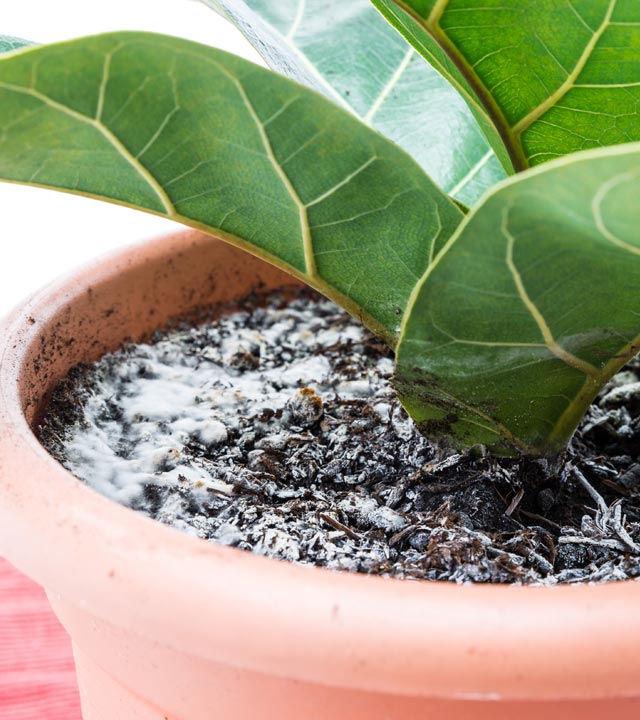
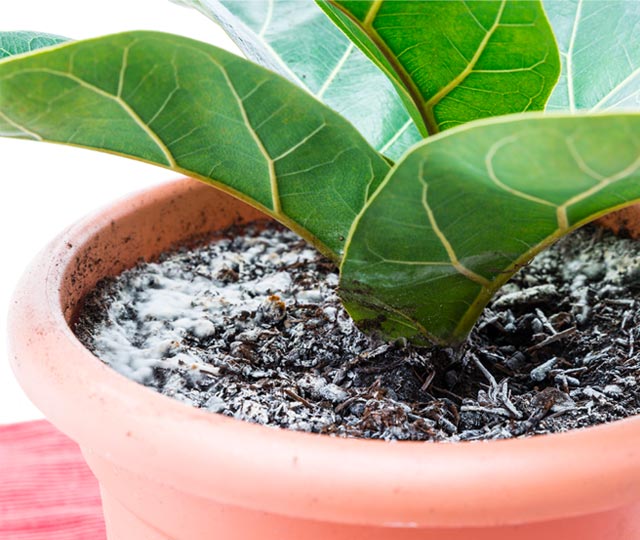
Problem #2 – Under-watering
Signs:
- Slowed growth
- Yellowing leaves at the base of the plant
- Soft, limp leaves
- Browning around the edges of leaves
- Buds falling off before developing
- Potting soil is dry and loose
Solutions:
- Use a water reserve. Water reserves can automatically water your plants for up to four days, depending on their size. Perfect for when you go on vacation!
- Mix vermiculite into your potting soil. Vermiculite helps maintain soil moisture between waterings.
- Place hydroclay balls in your plant pot’s saucer and pour a little water over them before putting the pot down. The water will evaporate slowly, creating a more humid environment for your plant.
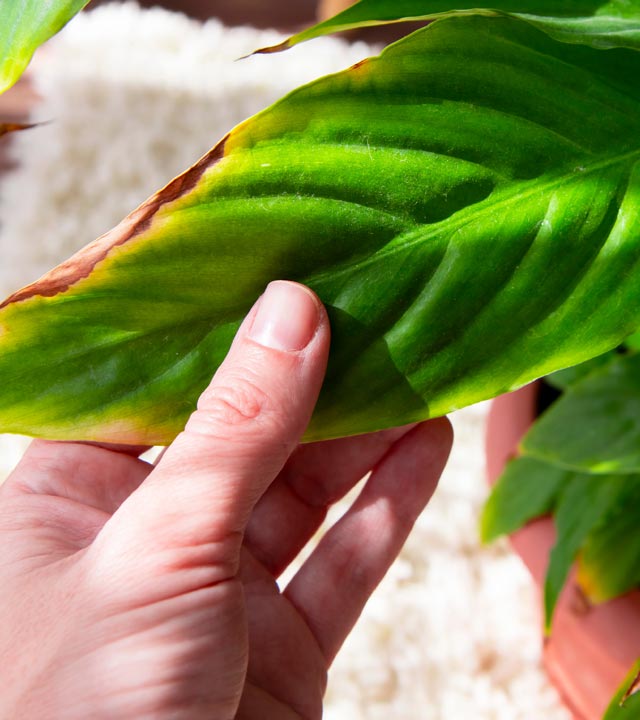
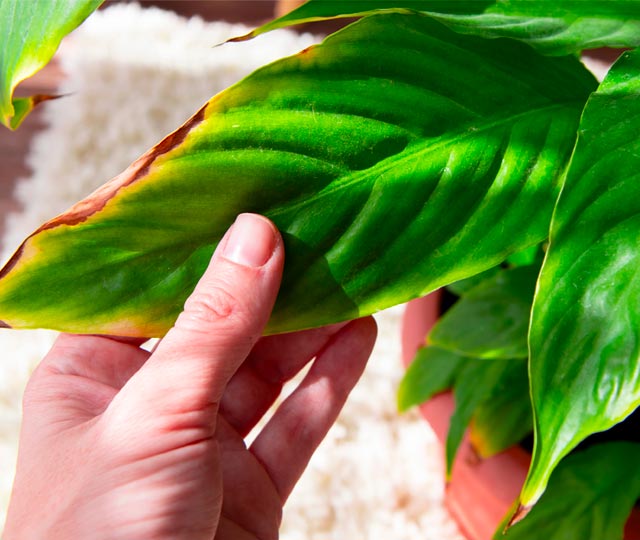
Problem #3 – Needs to be repotted
Signs:
- Wilting soon after being watered
- Roots poking out of the pot’s drainage holes
- Spiralling roots visible when removed from pot
- Growth seems to have stopped
- Water cannot drain through the soil due to root crowding
Solutions:
- Repot your plant in a bigger pot. It should be no more than 5 cm (2 in.) larger in diameter than the old one.
- Repot your plant in a pot with drainage holes to prevent excess water from pooling at the bottom. This could be:
- a plastic production pot with drainage holes, hidden inside a pretty planter, or
- a decorative pot with drainage holes, placed on a saucer to catch excess water.
- Use a potting soil with a mycorrhizal growth supplement. This is essentially a beneficial fungus that is good for your plant’s root system.
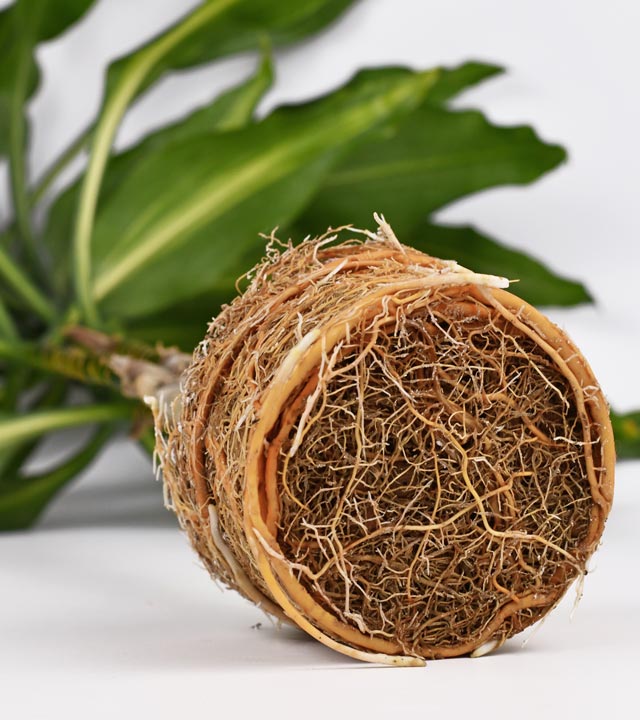
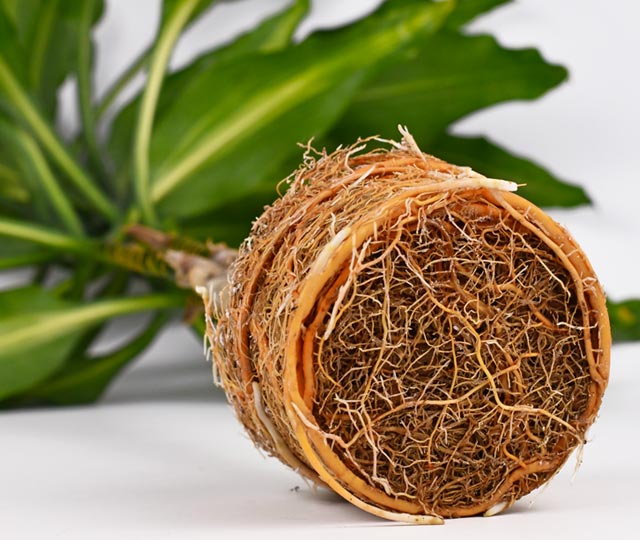
Problem #4 – Not enough light
Signs:
- Wilting
- New leaves growing in paler than old ones
- Little or no flowering
- Plant seems to “turn” toward light source
- Growth seems to have slowed down
Solutions:
- Turn your pots regularly to make sure that all parts of your plants are getting light exposure.
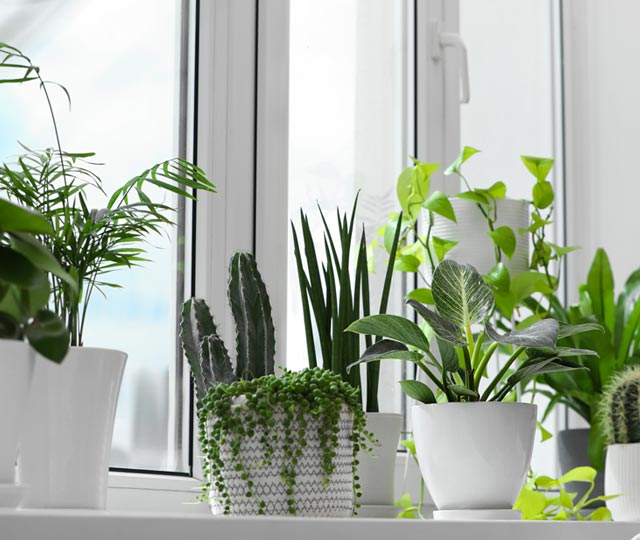

Problem #5 – Not enough nutrients
Signs:
- Slowed growth
- New leaves are smaller and paler
- Stunted leaves
- Little or no flowering
Solutions:
- Use a slow-release fertilizer. Apply twice a year, in April and August, to make sure your plant gets enough nutrients all year round.
- Add water-soluble fertilizer to your plant’s water every two weeks from March to October.
- Add seaweed fertilizer to your water and spray it on your plant’s leaves. This type of fertilizer is versatile and suitable for all plants.
Want to know more about fertilizer? Read our article on fertilizers to learn how you can inject more nutrients into your garden.
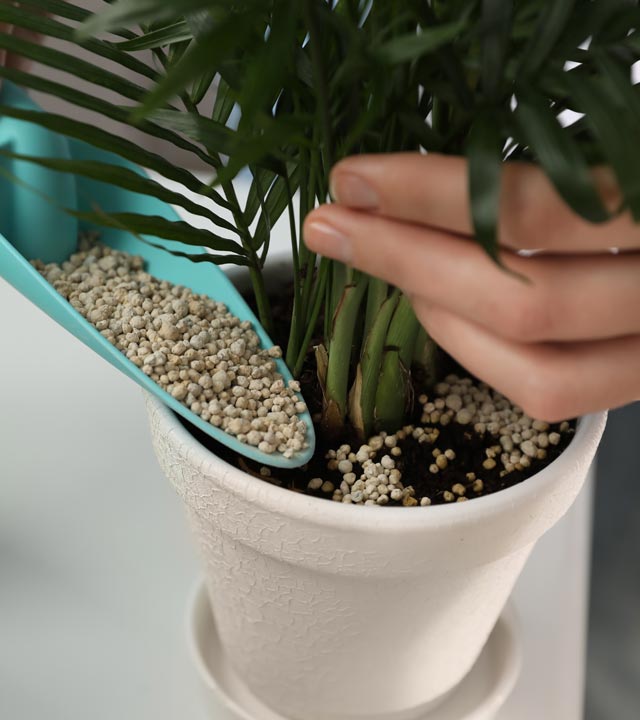
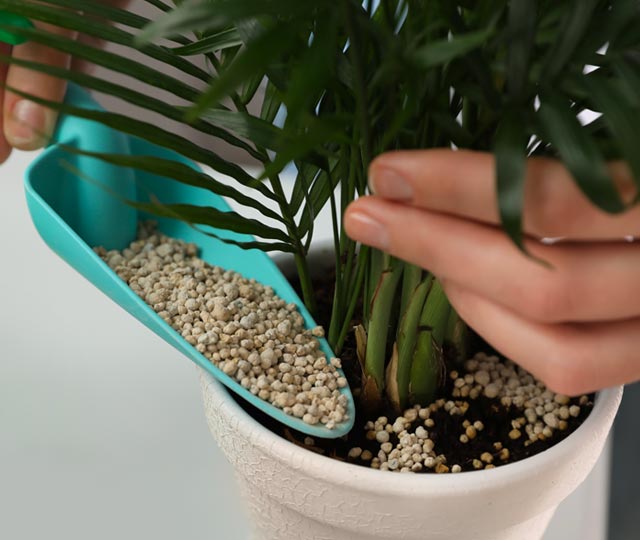
You’ll find all the supplies you need to care for your houseplants and more helpful advice at your local BMR.
For healthier houseplants
D'autres articles qui pourraient vous intéresser
Les renseignements de cet article sont présentés à titre informatif seulement et peuvent ne pas être applicables dans certaines situations ou facteurs particuliers. En cas de doute, adressez-vous à un expert en horticulture du BMR de votre région.